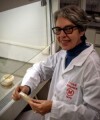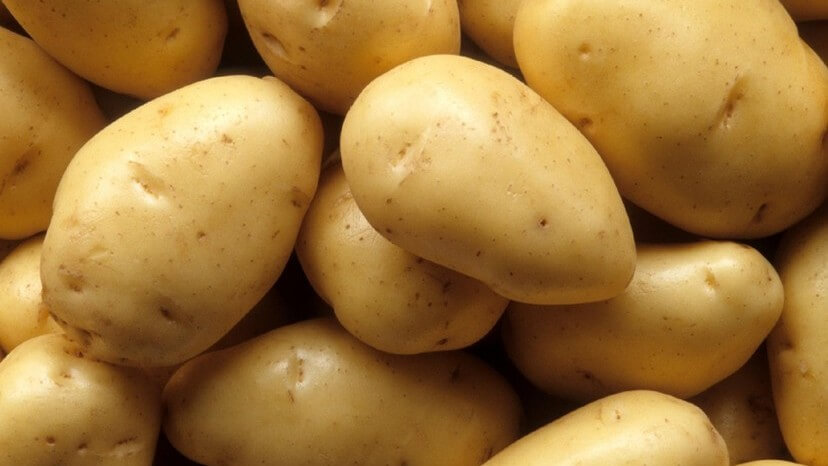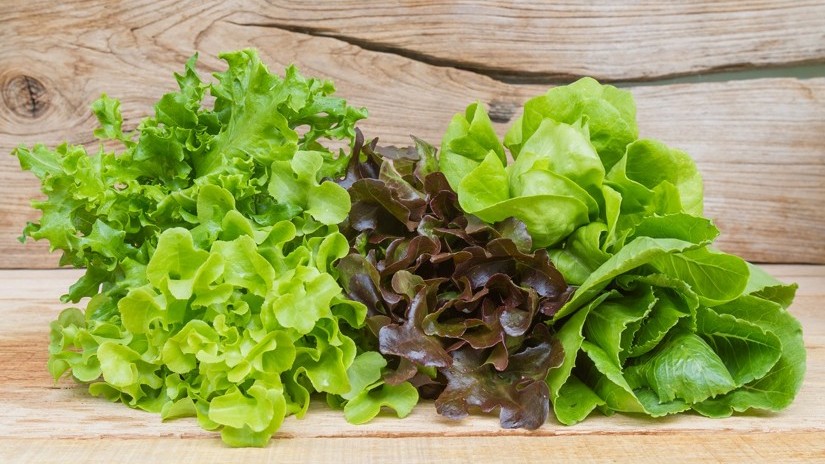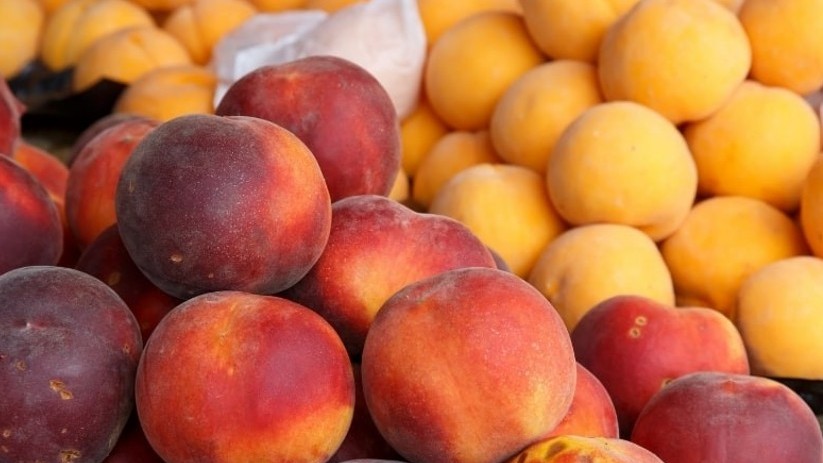News
Understanding Black Spot Disorder in "Hass" Avocado
The causes of black spot on the exocarp of avocado cv. Hass, studied through a hormonal, transcriptional, and metabolic integration approach, may involve a combination of defense mechanisms
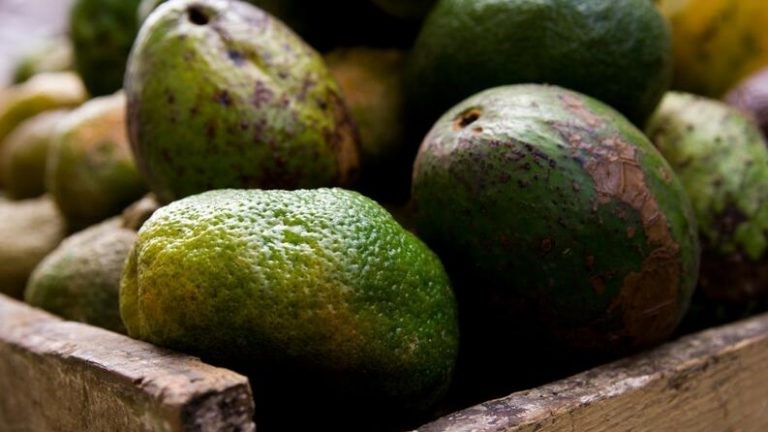
The avocado (Persea americana Mill., family Lauraceae) is a subtropical climacteric fruit, characterized by an increase in respiration and ethylene production at the beginning of ripening. However, the fruit does not ripen while still on the tree, remaining green and firm. It is only after harvest that the softening process begins, and in some varieties, such as "Hass," the color of the exocarp changes from green to very dark green, almost black.
The avocado fruit, valued for its flavor, texture, and culinary versatility, has experienced significant growth in the last decade. It is also one of the most nutrient-rich fruits, containing high levels of monounsaturated and polyunsaturated fatty acids, with oleic acid being the predominant one.
Among all avocado cultivars, the "Hass" variety is of utmost importance, representing 95% of the total volume marketed.
Factors such as firmness, color, the number of days required to reach edible form, and susceptibility to pathological and physiological disorders remain primary concerns regarding quality and can lead to fruit losses ranging from 10% to 30%.
Physiological Disorders and Diseases
In recent decades, changing climatic conditions in producing countries have led to the emergence of several physiological disorders that manifest after prolonged storage.
The etiology of these disorders, such as black spot on the exocarp and the desynchronization of exocarp color with mesocarp softening, remains largely unknown.
These issues significantly influence consumer purchasing decisions, leading to fruit losses during marketing activities.
The most significant losses in avocados are caused by diseases, primarily fungal, and internal and external disorders that manifest after prolonged cold storage.
These problems include bruising, pulp browning, lack of softening, off-flavors, and vascular strands.
Black Spot
The black spot disorder of avocado exocarp, characterized by brown or black spots appearing after 2 to 3 weeks of cold storage, does not affect the mesocarp tissue and is attributed to various origins, including pathological, mechanical, physiological, or environmental factors.
Fruit characteristics such as weight and water loss during storage, as well as environmental conditions like minimum temperature and relative humidity, show a positive correlation with the incidence of this disorder and could result from oxidative stress due to an imbalance between reactive oxygen species (ROS) production and antioxidant activity. A decrease in the activities of catalase, peroxidase, superoxide dismutase, and phenylalanine ammonia-lyase enzymes has been verified to contribute to the incidence of black spot.
The Result of a Combination of Defense Mechanisms?
Recent research aimed to identify transcriptomic, metabolomic, and hormonal changes in avocado fruits affected by black spot disorder, differentiating between the green and black exocarp tissues directly affected by this physiological disorder.
The results showed a correlation between the black exocarp of fruits affected by black spot disorder and high levels of phytohormones such as gibberellins, cytokinins, jasmonic acid, and salicylic acid.
It was also observed that metabolically, these changes are accompanied by a high content of fatty acids such as oleic, palmitic, and linoleic.
Transcriptomic information allowed for the identification in the exocarp of fruits affected by black spot of several genes involved in the metabolism of long-chain fatty acids and the biosynthesis pathways of jasmonate/salicylate, as well as a possible accumulation of lignins due to a high expression of genes associated with the phenylpropanoid pathway.
These findings suggest that black spot disorder is the result of a combination of plant defense mechanisms activated to strengthen the exocarp tissue of the fruit.
Source
Lillo, G. N.; Hernández, I.; Olmedo, P.; Ponce, E.; Guerra, C. A.; Sepulveda, L.; Pancorbo, A. C.; Valenzuela, M. G; B.; Carrera, E.; Baños, J.; Campos, D.; Meneses, C.; Pedreschi, R. (2024).
Deciphering the Behind Black Spot Exocarp Disorder in Avocado cv. Hass Through a Hormonal, Transcriptional and Metabolic Integration Approach.
Postharvest Biology and Technology, 218:113163.
Image
https://agrupe.com.mx/enfermedades-mas-comunes-del-aguacate-en-la-region-de-periban-ii/ Accessed on 10/15/2024.


